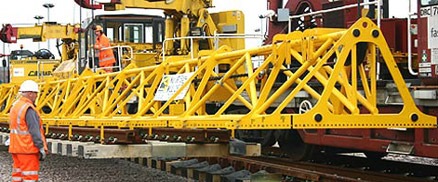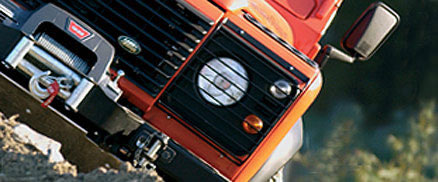British Transport Secretary Justine Greening is expected to announce final confirmation that the planned HS2 high speed rail link between Birmingham and London will go ahead.
The rail link will travel 100 miles, cutting through the Tory stronghold of Middle England and shaving an hour off the journey time to the capital.
The link, the first phase of which will cost an estimated £32 billion and will travel at speeds of 225 miles an hour. A planned second phase which will link London to the north of England is yet to be confirmed.
The HS2 link has caused controversy since plans were first announced and critics are claiming that the new line will decimate the countryside, be an added expense for tax payers and will cost more to use than the average British person can afford.
Plans for the new link have caused a political divide in the majority of political parties, with ministers from the Labour Party, the Conservatives, the Liberal Democrats and the SDP speaking out to criticise the plans and voice concerns about rail safety, the cost to the taxpayer and the effect that the link will have on the British countryside.
Matthew Sinclair, head of the Taxpayers Alliance, explained that the plans could cost every British family £1000 but would only be of benefit to a minority of Brits. He went on to call the scheme ‘unfair’ and called plans for the link ‘weak’.
However, a report released by Network Rail welcomed the plans, stating that transport links between Birmingham and the capital were already at capacity and the new link would solve the problem of overcrowding on trains.
It is expected that finalisation of the plans will not be complete until 2014 and construction of the new link will take a further eight years, with the testing stage being reached in 2024. The link will be officially opened twenty four months later.


